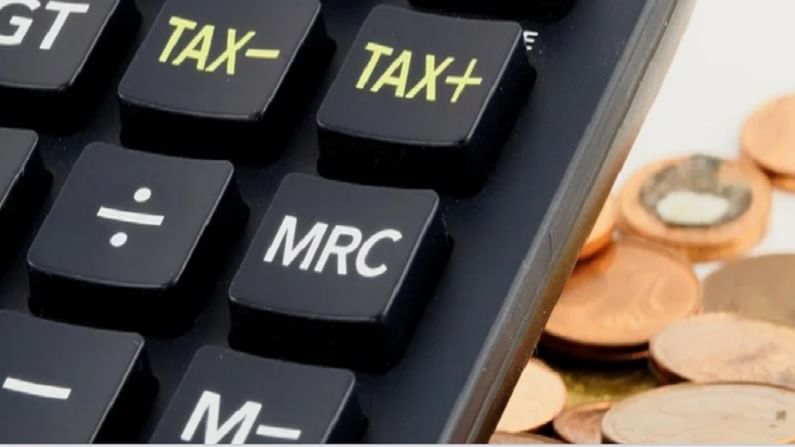Last-minute tax savers for the lazy money managers
Last-minute tax-planning leads to hurried, poorly thought decisions which could prove costly later

The last quarter of the financial year is the time many wake up to the fact that tax-saving investments and insurance products need to be purchased. This isn’t the ideal time. One should ideally do it at the start of the financial year after understanding one’s income, taxes, investment and insurance needs, risk appetite, liquidity needs, and so on.
Last-minute tax-planning leads to hurried, poorly thought decisions that could prove costly later. For example, you may be sold a dud investment plan which doesn’t work in your long-term interests. Or you may buy a long-term investment which creates liquidity issues for you later.
That said, if you’re looking to make a belated dash for it and save some taxes, consider these essential investment and insurance options that could work in your interests. But before you do, ensure you understand what your taxes for the year will be and how much you can realistically save by the end of March.
Term insurance
If you are looking to buy your first life insurance policy, consider buying a term insurance plan. It’s a pure insurance policy with no investment benefits, and hence its premiums are much lower compared to traditional insurance policies that also provide investment benefits. For a person with dependents and financial responsibilities such as a home loan, it’s imperative to own sizeable life coverage to cover various risks. If you already own life insurance, consider the coverage and buy additional term coverage which is equivalent to 1-20 times your annual salary. Lastly, premiums paid towards term plans can be claimed as deductions under Section 80C.
Health insurance
Health insurance premiums can be claimed as deductions under 80D. It’s easy to buy health insurance while you’re young and healthy; if not, it gets tougher. Therefore, use your good health to your advantage and buy adequate coverage at lower premiums. You can claim deductions for two different policies: one for yourself, spouse, and dependent children; another for dependent parents. For each group, the maximum deduction that can be claimed is Rs 30,000 if the policy participants are under 60; or up to Rs 50,000 if they are over 60.
Top up your provident fund
For risk-averse investors, provident fund (PF) investment should be the way to go. They have two options. One–top up their voluntary provident fund (VPF). In your office-provided employee’s provident fund scheme, there are two contributions to your PF account: one from you, and a matching contribution from your employer. You could top up your own contribution to up to 100% of your basic pay. The EPF currently offers guaranteed, tax-free returns of 8.50% per annum. The second option is the public provident fund (PPF). This is your best option if you don’t have an EPF account. PPF currently returns 7.1% per annum, risk-free, tax-free. Contributions to both EPF and PPF are tax-exempt under 80C. But both of these are long-term investments.
Invest in a good ELSS
Equity-linked saving schemes are mutual funds that allow you to invest in the stock market and claim deductions under 80C. Since these funds give you exposure to the stock markets, there’s risk in them. However, long-term investors have benefitted from the rapid growth of India’s stock markets. Data shows that of the 14 ELSS schemes that have existed in the last 20 years, 13 have delivered average returns of at least 13% per annum. Therefore, ELSS funds are an option for risk-taking investors.
All these options can be availed easily with minimal paperwork, except PPF which might need you to visit a branch. Since time is short, you should get started quickly and get your tax-saving done by March 31.
(The writer is CEO, BankBazaar.com. Views expressed are personal)